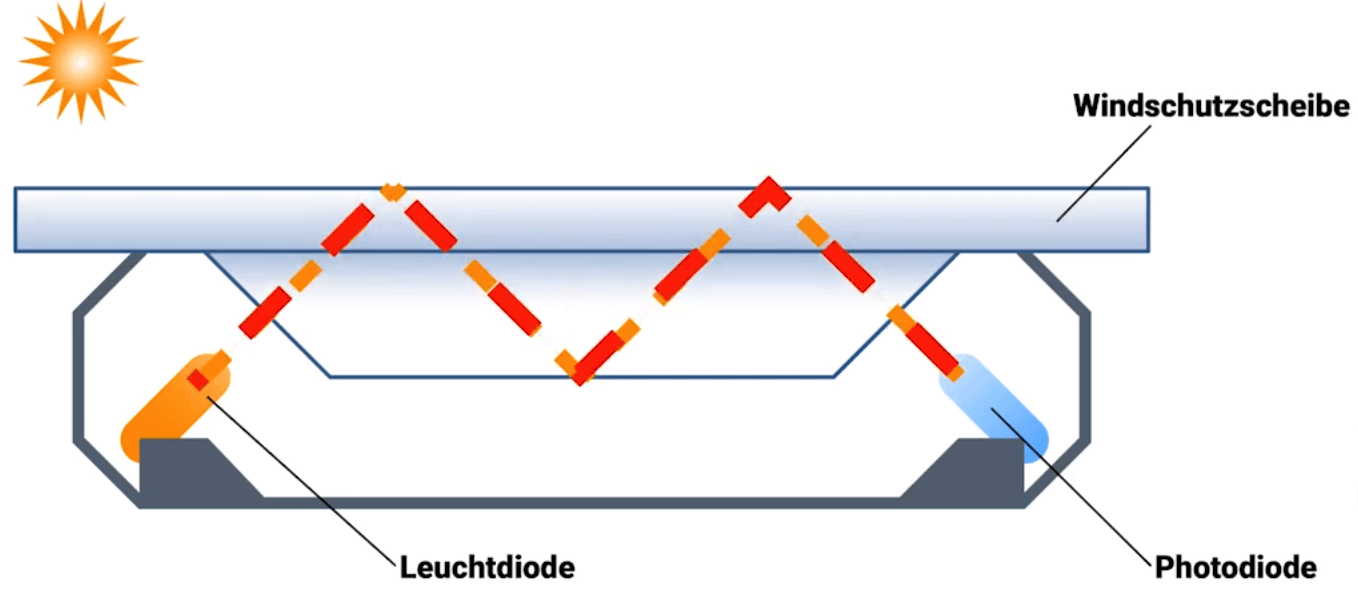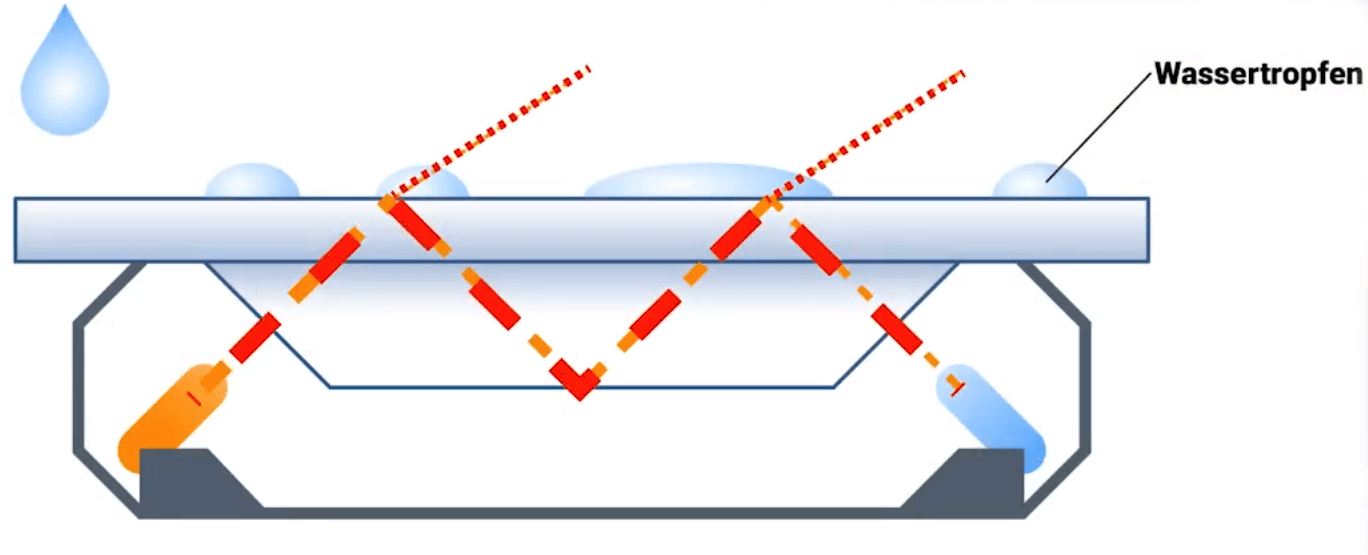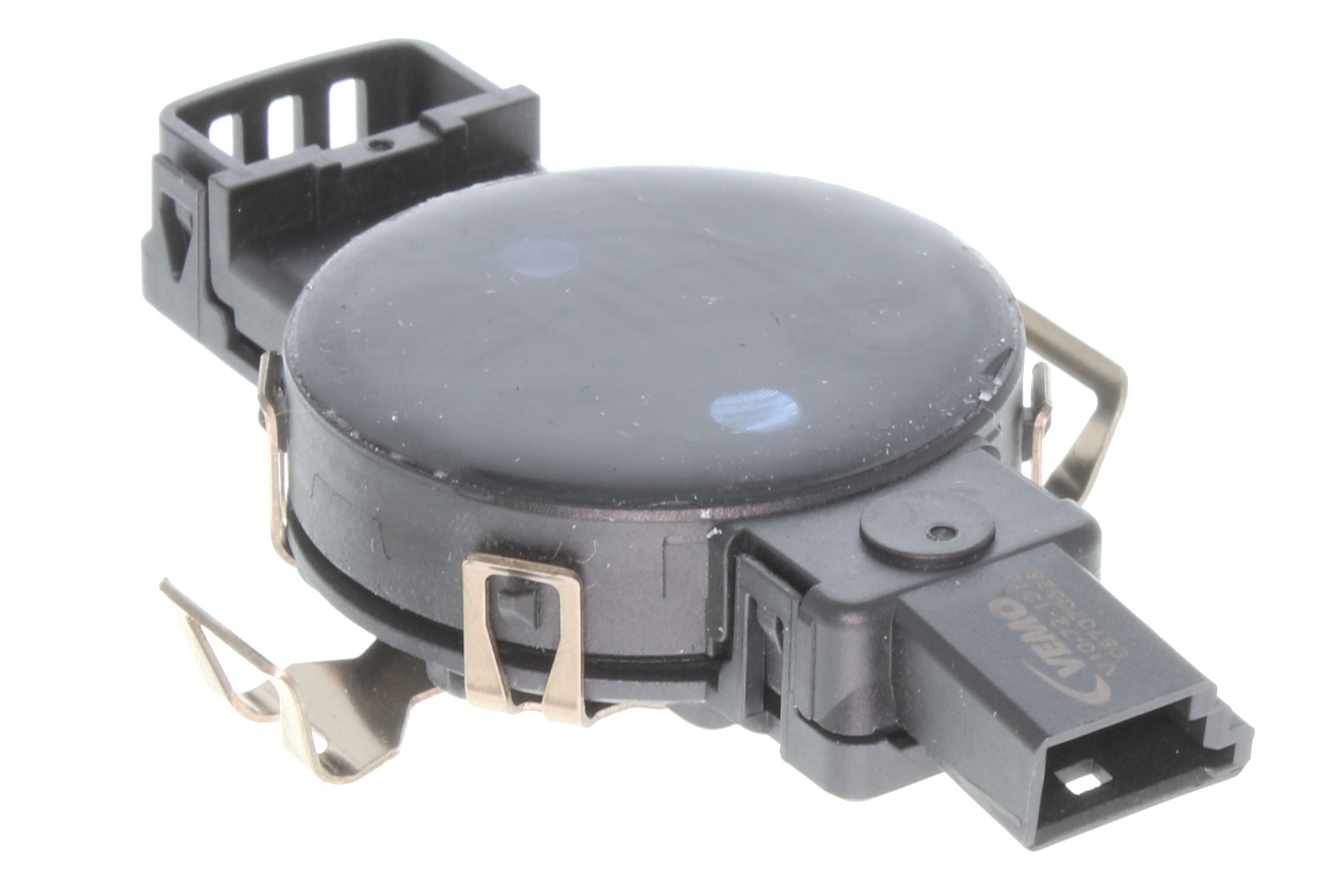Good view despite rain: the rain sensors from VEMO
With 18 new articles from the field of rain sensors, the sensor technology specialist VEMO is entering the new "rain" season! But VEMO's rain sensors can do even more.


The VEMO rain sensor detects various precipitation situations on the windscreen and controls the windscreen wipers. As soon as the switch for the windscreen wipers is set to the interval position, the driver no longer has to manually activate the windscreen wiper when it is raining and only has to change the sensitivity of the sensor if necessary. The sensor is integrated in the windscreen, outside the field of view, and measures the wetting of the windscreen within a measuring field, whereupon the windscreen wiper is controlled.
HOW DOES THE RAIN SENSOR WORK?

VEMO rain sensors send infrared rays via a light emitting diode to the outer windscreen surface and from there these rays are projected back onto a photodiode (receiver). The sensor measures the strength of the infrared rays that are reflected.

When raindrops are formed on the windscreen when it rains, the light in the raindrops is refracted and the strength of the infrared rays decreases. This calculates that there is moisture on the windscreen and the control electronics use this data to activate the windscreen wiper. The more rain, the more disturbance in the reflection and thus weaker return signals.
The approximately 2 cm2 large measuring field is located in the wiping area of the windscreen wipers in order to be able to determine wetting again and again after a wiping process.
Some vehicles also react to the rain sensor message, for example by automatically closing the windows or the sunroof.
BUT VEMO RAIN SENSORS CAN DO EVEN MORE!
The VEMO rain sensor has been further developed into the so-called light rain sensor. Thus the VEMO rain sensors have 4 other functions in addition to rain detection:
- Switching the dipped beam on and off
- Control of the light intensity of the head-up display
- Climate control and
- automatic ventilation of the windscreen.
 HOW DOES THE LIGHT SENSOR WORK?
HOW DOES THE LIGHT SENSOR WORK?
An ambient and apron light sensor is integrated in the sensor. The values of the reflected light beam quantities are converted and the light is switched on or off in the corresponding light situation. For example, if a vehicle drives through a tunnel, the sensor detects the reduced amount of light and automatically switches on the light. If the vehicle leaves the tunnel again, the light goes out again after a certain time because the sensor again perceives sufficient light.










